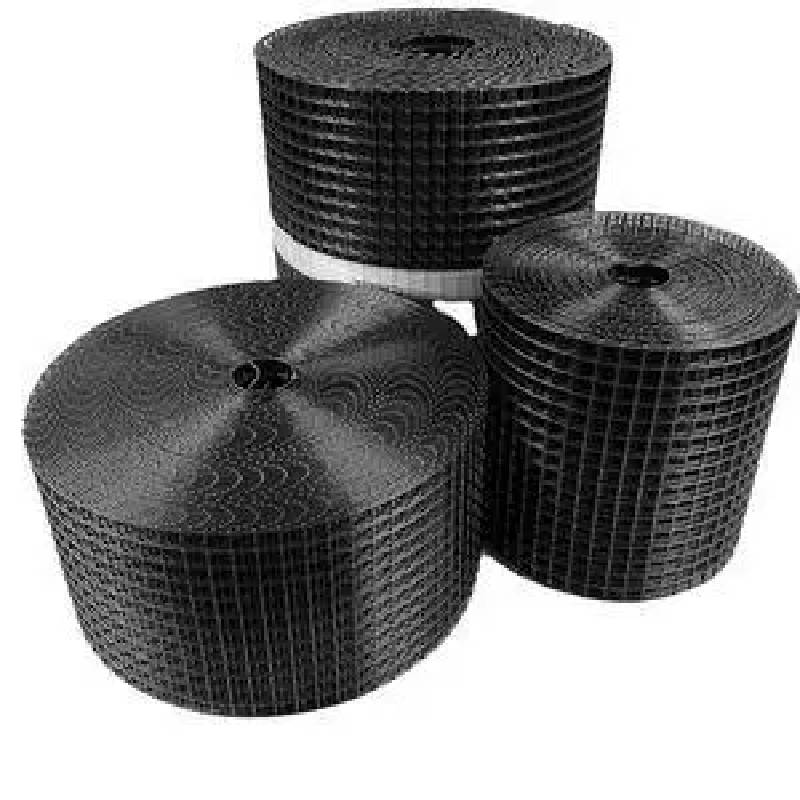
- Mobile Phone
- +8613931874955
- sales@cntcmetal.com
rectangular compression spring
Understanding Rectangular Compression Springs
Rectangular compression springs are essential components widely used in various engineering applications. Unlike their traditional cylindrical counterparts, rectangular springs offer unique advantages in terms of space efficiency and load distribution. This article will delve into the design, applications, and benefits of rectangular compression springs.
Design and Construction
Rectangular compression springs are characterized by their rectangular cross-section, which allows for a more compact design. Typically made from high-quality spring steel, these springs are engineered to withstand varying loads while maintaining their structural integrity. The design process generally involves defining the spring dimensions, the type of material, and the coil properties, such as the number of coils and wire diameter.
The rectangular shape allows for a larger surface area, which can distribute loads more evenly compared to circular springs. This characteristic minimizes the risk of deformation and enhances durability, particularly in applications requiring repetitive motion and consistent load handling.
Applications
These springs are versatile and find applications across diverse industries, including automotive, aerospace, electronics, and consumer goods. In automotive systems, for instance, rectangular compression springs are employed in seat mechanisms, suspension assemblies, and engine components. Their ability to provide reliable force under compression makes them an ideal choice for situations where space is limited, and performance is critical.
rectangular compression spring

Moreover, in the electronics industry, rectangular compression springs can be found in switches and connectors. These springs help maintain contact and ensure reliable connectivity, making them vital for the operation of electronic devices.
Benefits of Rectangular Compression Springs
One of the primary benefits of using rectangular compression springs is their space-saving design. As they can fit into tighter spaces than traditional springs, they are ideal for applications where every millimeter counts. This efficiency in design can lead to lighter and more compact assemblies, ultimately contributing to the overall performance of the product.
Another advantage is their superior load distribution. The rectangular shape allows for better engagement with mating surfaces, reducing stress concentrations and increasing the lifespan of both the spring and the surrounding components. Additionally, those who utilize rectangular compression springs often find it easier to customize them for specific applications, as various dimensions and materials can be tailored to meet particular performance requirements.
Conclusion
Rectangular compression springs are a vital component in modern engineering and manufacturing. Their unique shape allows for efficient space utilization and superior load handling capabilities, making them an ideal choice for various applications. With advancements in material technology and design methods, the potential for rectangular compression springs continues to grow, promising even more innovative applications in the future. Whether for automotive parts, electronic devices, or industrial machinery, the significance of rectangular compression springs cannot be overstated in achieving reliability and performance.
share:
-
Creative Ways to Decorate Your Tomato CageNewsAug.22,2025
-
Common Mistakes When Installing Brick Wall TiesNewsAug.22,2025
-
Customizing Conical Springs for Aerospace ApplicationsNewsAug.22,2025
-
Galvanized Tie Wire for Binding PipesNewsAug.22,2025
-
Environmental Impact of Using Snake Spacers in PlumbingNewsAug.22,2025
-
Sacrificial Formwork Systems for Complex StructuresNewsAug.22,2025
-
Wall Ties for Concrete: Invisible Guardians of Building Structural StabilityNewsAug.08,2025
